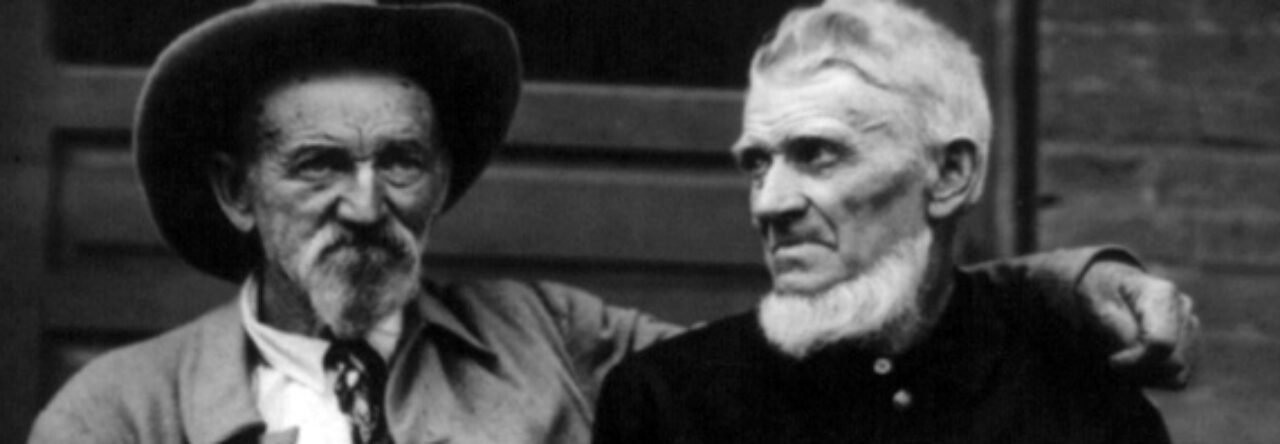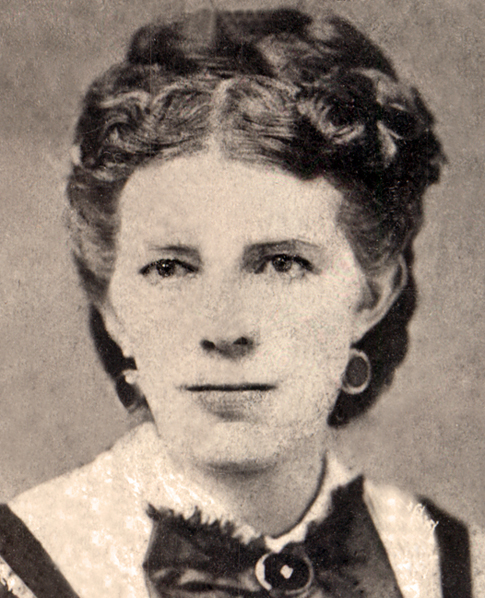Narrative
Kate Stone was twenty-years-old when Fort Sumter fell to Confederate forces. She was thrilled. Stone was an ardent southern nationalist from Louisiana who lived on a large plantation (Brokenburn) with many slaves and an extended family, including at least two brother who would die in the Confederate army. Within a month after Sumter, Stone began a diary the she kept for seven years. The material was full of biting insights and wise comments. Stone lived through Grant’s Vicksburg Campaign in 1863 and feared the arrival of black troops into the region. She and her family fled to Texas in 1863 and lived there until the end of the war. The young plantation mistress was suitably unimpressed by Texans and frontier life. “There must be something in the air of Texas fatal to beauty,” she wrote. Stone sardonic tone appeared frequently in her journal and sometimes appeared especially hardened. Following Lincoln’s assassination, she remarked on her satisfaction at his fate. Stone returned to Brokenburn –which had been devastated by the war—helped rebuild the place, married in 1869 and lived until 1907. When her diary was published in 1955, it was to wide acclaim, hailed by critics such as Edmund Wilson and by crowds –an estimated 10,000 folks in Louisiana including her 77-year-old daughter (who lived until 1972) and has since become regarded as a Civil War classic, though it is not as well known and familiar as Mary Chesnut’s diary.
Sources
John Q. Anderson edited Kate Stone’s diary and published it as Brokenburn: The Journal of Kate Stone, 1861-1868 in 1955. House Divided has several of Stone’s diary entries online, including July 4, 1861, June 30, 1862, March 22, 1863, September 5, 1864, and April 28, 1865. In addition, Anderson discusses one of the soldiers who appeared in Stone’s diary in “Joseph Carson, Louisiana Confederate Soldier,” Louisiana History (1960). Other scholars have also examined Stone’s diary, including Drew Gilpin Faust’s “Altars of Sacrifice: Confederate Women and the Narratives of War,” Journal of American History (1990) and Clara Juncker’s “Confederate Languagescapes: Kate Stone’s Brokenburn,” Southern Quarterly (1996). Other primary sources, such as photocopies of letters about Coleman Stone’s death and papers on the Carson family that appear in Stone’s diary, are in the John Q. Anderson Papers at Louisiana State University. The collection also has the correspondence of Stone’s daughter. Amy discussed a number of different topics, such as Civil Rights issues, James Meredith’s admission to the University of Mississippi, and President John F. Kennedy’s assassination. In addition, the collection has a map from March 1955 that indicates the location of Brokenburn Plantation. This finding aid has more information on this collection.
Places to Visit
No structures or sites related to Kate Stone exist. Stone was born in X, Mississippi, but she grew up on a plantation in Louisiana. While her family moved to Texas during the later half of the Civil War, they returned to Louisiana after Confederates surrendered in 1865.
Images
The John Q. Anderson Papers at Louisiana State University has images of the Stone family and the Carson family. (See this finding aid for more details). In addition, a photograph of a float in the Kate Stone Day Parade held on March 17, 1955 is online at the LSU Digital Collections.


Leave a Reply